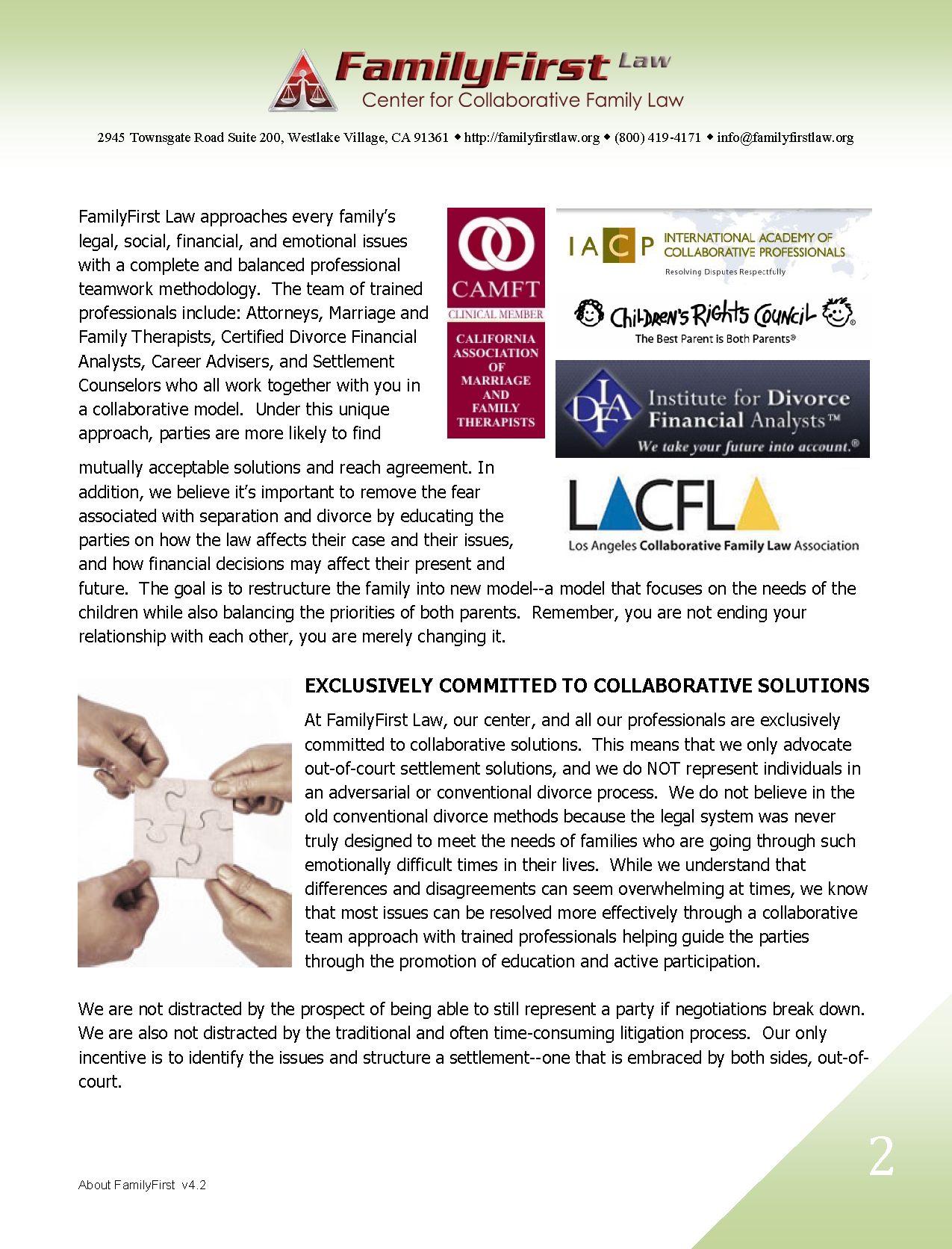What Is the Family First Law?


Researchers and advocates agree that young people involved with the child welfare system thrive best within families. Family First is the biggest change to federal child welfare funding since decades and takes steps toward this vision by restricting funding for group care placements while setting requirements for family foster homes.
For states and counties to implement these changes successfully, they must rethink how services are delivered and find alternatives to congregated care. In order to assist, the ABA Center on Children and the Law has created a Legal Guide and Tool for Legal Community Engagement.
What is the Family First law?
Passed in 2018, Family First is an ambitious reform that could dramatically transform child welfare systems. It aims to reduce foster care placements through improving access to prevention services and by restricting placements at institutions such as group homes.
Family First has also altered how States use federal funds to keep families together. In order to qualify for this opportunity, States must develop and implement a comprehensive plan aimed at preventing removals of children from their parents as well as evidence-based services, such as mental health treatment for substance abuse issues, in-home parenting skills training sessions and family therapy services.
Family First also addresses the needs of young adults aging out of foster care by improving services provided through modifications to Chafee Foster Care Independence Program and new Educational and Training Voucher program. In this installment of Law and Public’s Health, we offer considerations for agency attorneys, children’s advocates, judicial officers and others involved with individual cases to incorporate Family First Act priorities into their practices and decisions pertaining to individual cases.
What are the requirements?
Researcher, child advocates and many state and local policymakers have long supported efforts to reduce foster care placements and expand family-based placement options for children. Family First represents an important step toward this end by restricting federal funding for most group home placements while setting stringent requirements on those which still qualify for federal dollars.
The law also establishes time-limited Title IV-E reimbursements for prevention services such as mental health and substance use treatment, kinship navigator support and parent skill building to children or youth who are eligible for foster care placement, currently in foster care or have aged out of the system. All services must be trauma-informed and evidence based.
Agency attorneys, child advocates, and judicial decision makers all play essential roles in implementing Family First Act priorities into legal practice. This memo presents those provisions of Family First that could have the most direct bearing on legal practice as well as resources that support implementation through attorney advocacy or judicial decision making in individual cases.
What are the incentives?
Signed into law February 9, 2018, the Family First Act is an effort to reform federal child welfare funding streams and incentivize states to prioritize family preservation over congregate care. Furthermore, this law expands federal reimbursement opportunities for time-limited preventive services such as mental health treatment and substance use treatment as well as parenting skills training for potential foster care candidates as well as their parents or kin caregivers.
As the Family First Act takes effect, researchers, advocates and policy makers will need to continue developing effective preventive services, supporting innovative interventions and conducting quality evaluations of programs. This blog, along with resources available at ABA Center for Children and the Law (login required for full access), can aid attorneys and judicial officers as they implement these new tools into courts; additionally, the ABA Family First Legal Guide offers more in-depth information and additional resources.
What are the challenges?
Family First is an important step towards reform of child welfare systems; however, researchers, advocates and others still have much work to do. Their focus should be to ensure children are safe, services are effective and all stakeholders are involved.
Some states may need to modify their definitions of foster home, residential treatment center and kin care; additionally they must develop and implement trauma-informed practices; finally ensuring all services offered meet federal reimbursement guidelines by being evidence-based and receiving promising, supported or well-supported ratings from Title IV-E Prevention Services Clearinghouse.
Family First’s limits on federal funding for congregate care placements could also present difficulties, potentially leaving youth without foster homes who require them and limiting kinship placement options. In response, the American Bar Association has developed its Tool for Legal Community Engagement as well as other resources that help attorneys and judges address these challenges more easily.
